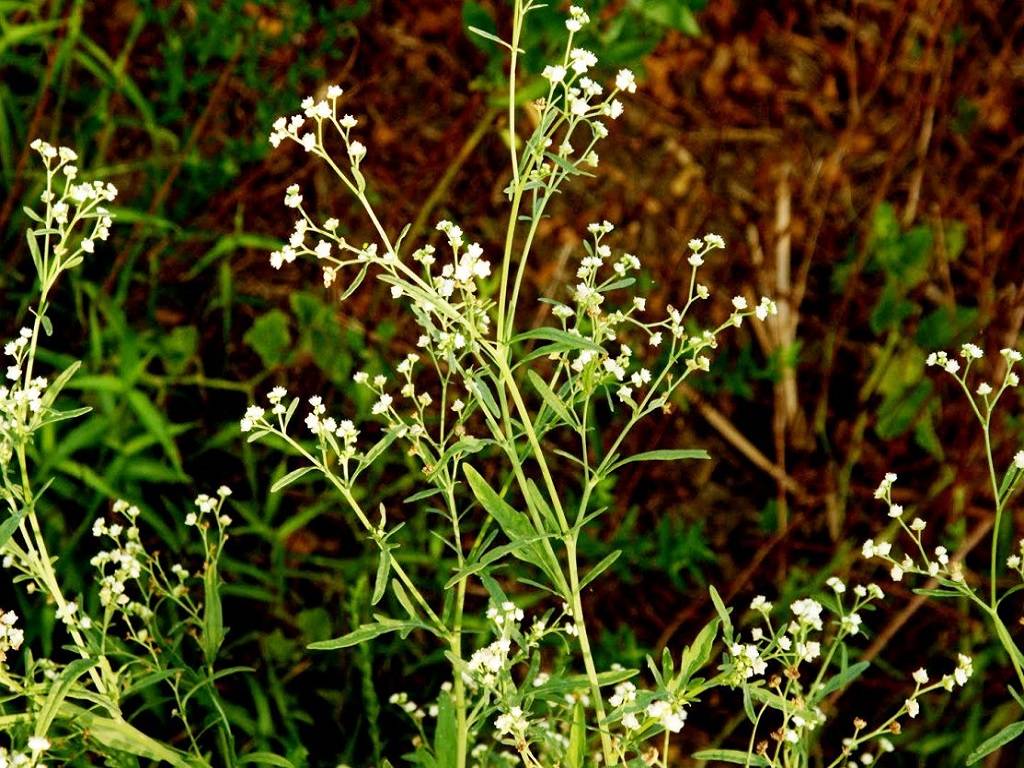
This is a big movement for which we wish to enlist students from all over the country to not only raise awareness about this pernicious weed but also teach the populace how to destroy it by either manually uprooting or sprinkling sodium chloride solution or glyphosate solution on the flowers, told Dr. KK Singh, vice chancellor of SVBPAU at the launch of the programme.
In 1810, parthenium weed was first found in Arunachal Pradesh and Nagaland.
Its existence was documented in Pune in the year 1955. The majority of states, including Maharashtra, Tamil Nadu, Chhattisgarh, Madhya Pradesh, Uttar Pradesh, etc., are currently witnessing its expansion. It also grows in vacant places and in fields. The weed hurts both agriculture and human health, according to Dr. RS Sengar, a leading agricultural scientist at the university.
Parthenium's Effects on Humans
Each parthenium plant generates more than 600 million pollens during the flowering season. These can lead to illnesses like asthma, respiratory tract infections, hay fever, severe dermatitis, rhinitis, conjunctivitis, and other crippling allergies. It should be noted that only those who are allergic to parthenium experience its negative effects. These figures, however, are not extremely high.
Methods Used to Remove Parthenium from Fields
Manual extirpation is the technique that is most frequently utilized in the nation for the removal of this weed. Although it is less expensive, but doing this exposes a person to health risks brought on by physical contact with the plant.
Chemical usage is the next choice. This method of controlling covers a wide range. Parthenium can be controlled with weedicides such as atrazine, metribuzin, monuron, neburon, oxadiazon, simazine, and terbutryn. Additionally, effective herbicides are dicamba, glyphosate, and picloram.
However, parthenium isn't necessarily dangerous. Moreover, it can be used to create vermicompost or green manure, act as a powerful binding agent to stop soil erosion, and serve as a raw material for the production of biogas. These days, parthenium pollen is extensively utilized in the production of insecticides.
Planning is necessary for managing parthenium, and the public should be made aware of this weed. Panchayats, the government, and non-profit organizations ought to work together on this project.
















